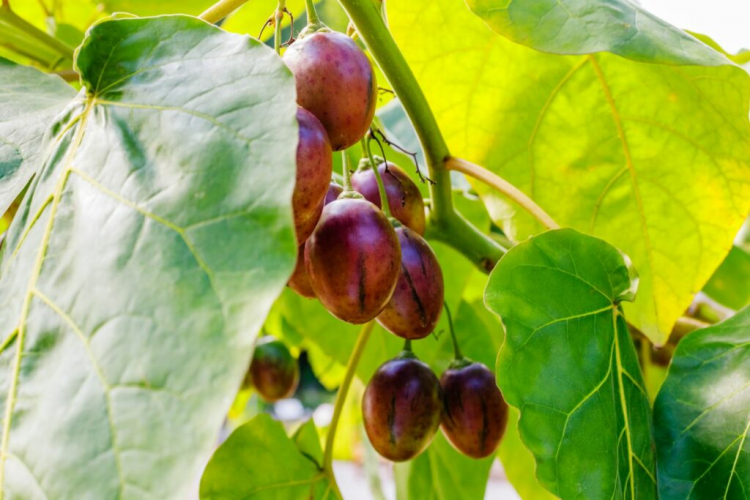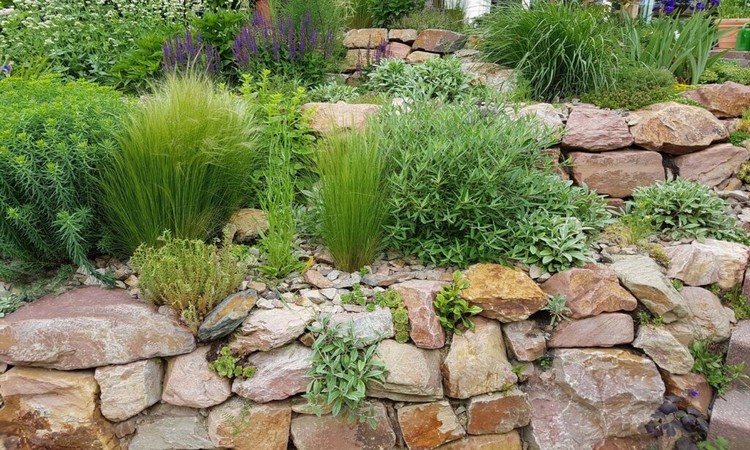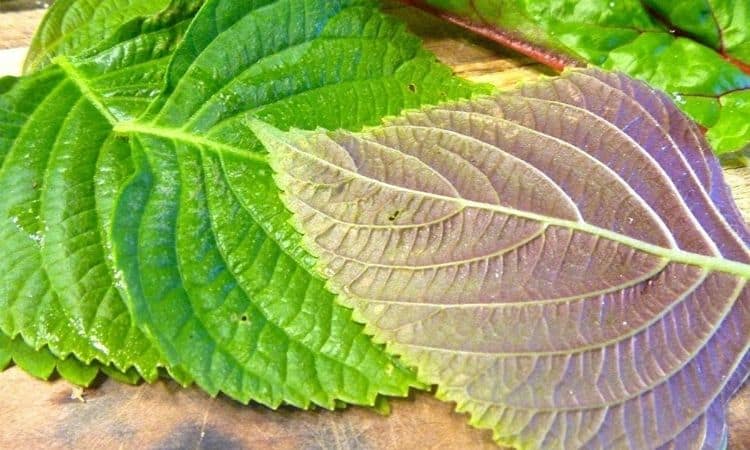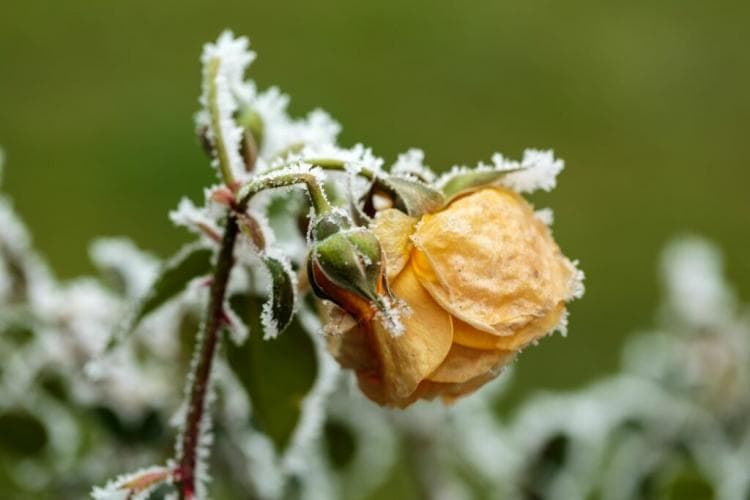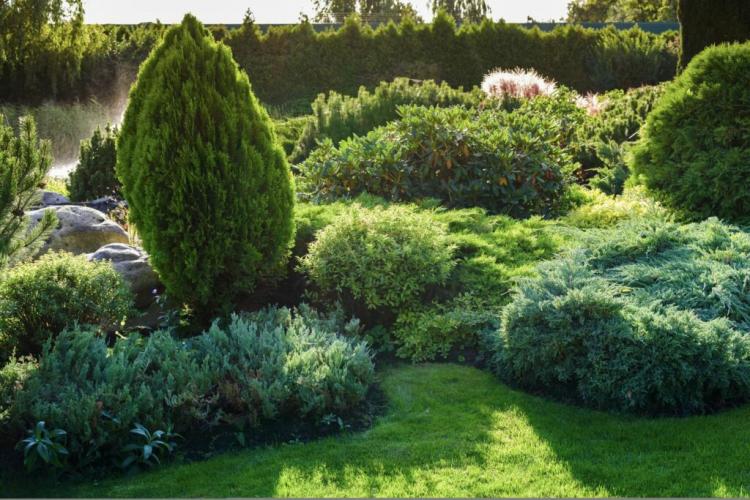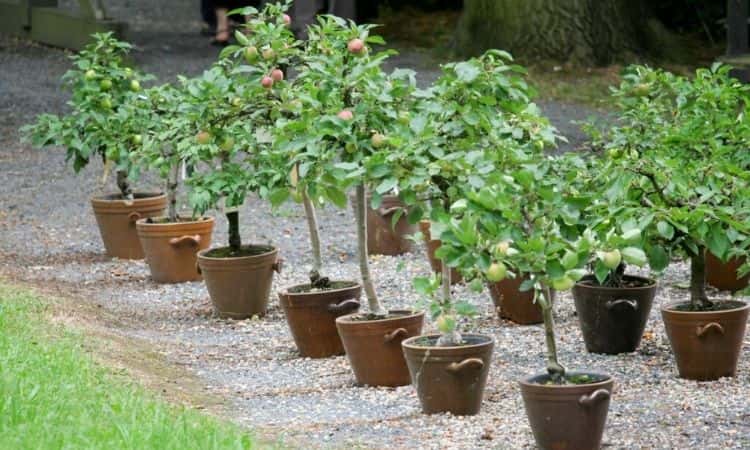Tamarillo: Planting And Caring For The Tree Tomato
Tomatoes growing on a tree? We will show you what the tree tomato is all about and how to properly plant and care for your own tree tomato. Are tree tomatoes a variety of tomatoes? And how can you consume the fruit? We will introduce you to this exciting plant and give you helpful tips on planting and caring for tamarillo in the garden and on processing the fruit.
Tamarillo: origin and characteristics of the tree tomato
Table of Contents
The fruits of the tamarillo ( Solanum betaceum ) look very similar to tomatoes, which is why the tamarillo is also known as the tree tomato. In fact, like the tomato ( Solanum Lycopersicum ), the tree belongs to the nightshade family (Solanaceae). Tree tomatoes and tomatoes are related, but the tree tomato is not one of the varieties of our tomato plants used in the garden.
The tamarillo originally comes from the highlands of the Andean region of South America, i.e. from areas close to the equator, in which the temperatures hardly fluctuate over the course of the year. It is a bush-like branching tree that forms an umbrella-like crown. In the natural habitat, the tree reaches a maximum height of six meters. Since the tree tomato is not hardy in Central Europe, it is usually cultivated in a tub. Here it reaches a height of about two to three meters. In addition to the fruits that give it its name, the large leaves of the tomato tree are striking. The oval to heart-shaped leaves are up to 25 centimeters long and give the tree a decorative appearance even without fruit.

After two years you can see the first flowers on the tamarillo from June onwards. They resemble the flowers of other closely related nightshade plants, such as tomatoes or potatoes ( Solanum tuberosum ), and are mostly rosé-colored with a pleasantly sweet scent. The egg-shaped fruits are green as they grow and turn orange to dark red when ripe, depending on the variety.
Tamarillo species
We have two types of tamarillos available:
- Solanum betaceum, the tree tomato
- Solanum abutiloides, the dwarf perennial tree tomato
Solanum abutiloides has a somewhat ambiguous name: the dwarf tree tomato can also grow up to two meters high. Its berries are bright orange and slightly smaller than those of the larger tree tomato. The dwarf tree tomato also loves a warm place and lots of moisture and grows rapidly when it finds these conditions. The entire plant and also the fruits are covered by fine glandular hairs that secrete fungicidal plant substances. Solanum abutiloides can therefore also be used to produce spray mixtures against fungal pathogens. The dwarf tree tomato should be overwintered in a cool place (5 – 10 ° C) and will lose its leaves in the process, but will sprout again in the coming year.
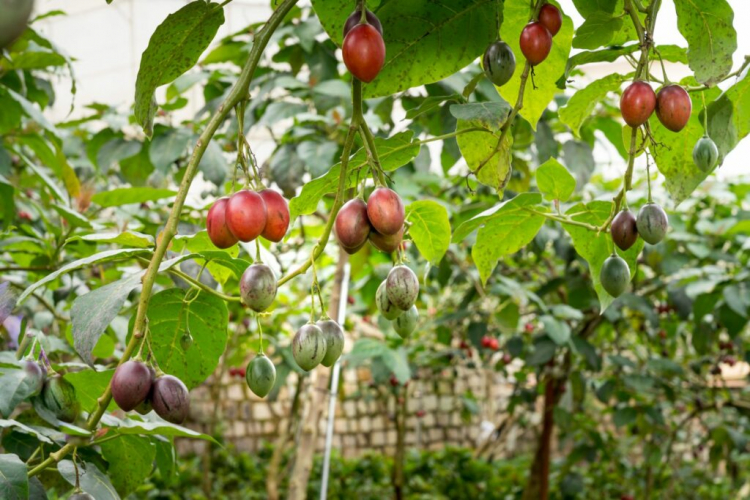
Plant tamarillo
Since tamarillos are not frost-hardy, they should be moved to light and frost-free place in winter. Therefore, cultivation is only recommended in a planter.
The tree tomato prefers a partially shady to a sunny location.
Planting is best done in spring when there is no longer any threat of night frost after the ice saints (mid-May). You can also grow your tree tomato from seeds. From April you can sow the seeds in the compost. We recommend that you use special seed compost. This contains few nutrients, which means that the young plants are stimulated to increase their root growth. It is sufficient to cover the tamarillo seeds with a thin layer of soil and press them down.
You should keep the soil constantly moist for the next three weeks, it is practical to use a foil over the pot. It is best to place the seeds in a bright place that is at least 20 ° C warm. You can see the first seedlings after about two weeks. If necessary, you can separate these after a few weeks and put them outdoors after mid-May. The next time you repot, you can use a more nutrient-rich potting soil.
Due to their strong growth and their high water requirements, high-quality potting soil is particularly important for the tamarillo. This soil should have a high water storage capacity and guarantee a good supply of nutrients. It is also advisable to choose peat-free soil to avoid environmental damage from peat extraction. Organic potting soil combines all of these important properties and is therefore ideal for promoting the formation of flowers and fruits in your tamarillo.
Caring for tree tomatoes
When caring for a tree tomato, water supply is the key to success. Because of the large leaves of the tamarillo, the plant evaporates a lot of water. We, therefore, recommend that you check daily whether the root ball is sufficiently moist. However, waterlogging should be avoided. Due to the rapid and vigorous growth, a good supply of nutrients is also important. This will take good care of your Tamarillo for three months. If you discover more yellow leaves, we recommend shortening the fertilization interval, especially in the main growing season from May to August.
You might so like: Orange Tree: Planting And Caring For
Pests and diseases are not a big problem when growing a tree tomato. Aphids can certainly appear on the tamarillo in spring. We have put together a special article for you on how you can fight aphids naturally. Spider mites can occur in winter quarters but are usually not a problem.
You do not have to prune the tree tomato regularly. However, should the small tree become too big due to its vigorous growth, protruding shoots can be cut back. We recommend pruning like this before winter.
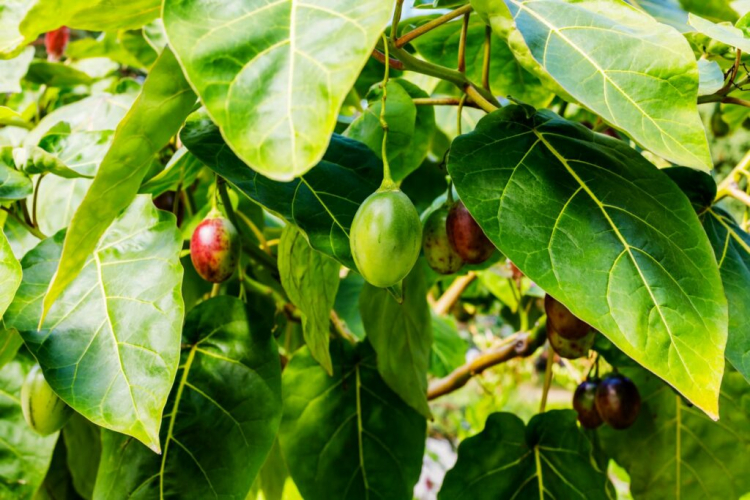
Summary: Caring for the tree tomato properly
- Do not let the root ball dry out
- High nutrient requirements, stock fertilization with an organic fertilizer when planting
- Insensitive to pests and diseases
- Cut back only if necessary
- Not frost hardy and must therefore be overwintered in light and above 0 ° C
- Propagation via seeds and cuttings possible
Hibernate tree tomatoes
To overwinter, you should put the tree tomato in its winter quarters before the first frost. Since the tree tomato still has left at this point, it should be in a light location. The temperatures are optimal at around 10 ° C, but can sometimes drop to around 0 ° C without any problems. In winter the tamarillo sheds most of its leaves. There is no need to fertilize during the entire winter. The root ball should not dry out completely, but regular watering is usually not necessary either.
You might so like: Tangerine Tree: Everything You Need To Know About Planting And Caring For The Tangerine
Propagation of the tree tomato
If your neighbors or friends have also taken a liking to the tree tomato, you can easily propagate them. Propagation is possible via seeds or cuttings. You can take the tree tomato seeds from ripe fruits. You should let the black seeds dry for one to two days and then sow them in the sowing compost.
For propagation via cuttings, you can cut off a piece of shoot about 20 centimeters long with a leaf on a strong and healthy shoot. The optimal time for this is early summer. During this time the plant grows vigorously and the cuttings have enough time to form roots until winter. Put the fresh shoots in moist potting soil without drying them and cover the cuttings with a foil with a few holes. This prevents it from drying out. A good location is warm but shady. After a few weeks, the cuttings should have roots.
Harvest tamarillo
You can expect the first fruits from the second year of standing. Depending on the location, the fruits of the tree tomato ripen in late summer to autumn. The fruits are ripe when they have taken on their varietal color between orange and dark red and give way slightly when pressed.
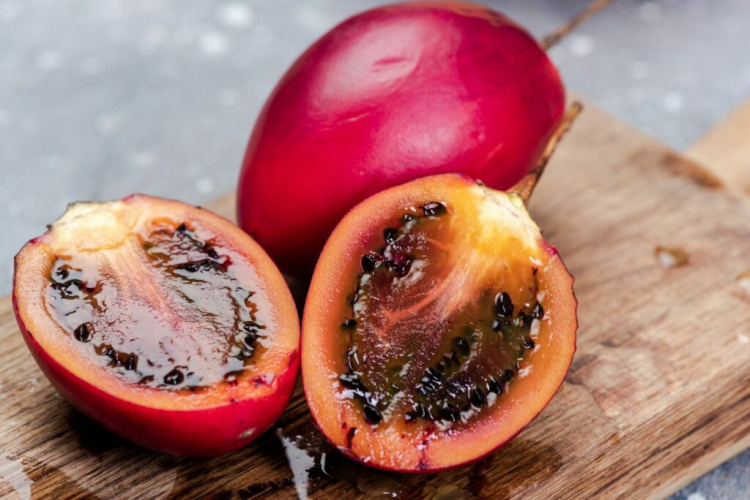
The fruits can weigh up to 100 grams and are divided into chambers containing seeds. The tamarillo pulp is yellow-orange in color.
We recommend that you process the tamarillo fruits quickly after harvesting or consume them fresh, as they cannot be stored well.
Uses and ingredients of tree tomatoes
If you want to eat the tamarillo fruits fresh, you can peel them or cut them in half and scoop out the pulp. The pulp of the tamarillo has a sweet and sour aroma and can be sprinkled with a little sugar depending on your taste. The fruits of the tree tomato not only taste delicious, but they are also healthy. They contain vitamin C, calcium, potassium, and magnesium. The tamarillo can also be processed excellently. Especially in the form of spreads and jams, the fruits are a treat. In a chutney, they also go very well with hearty dishes.
